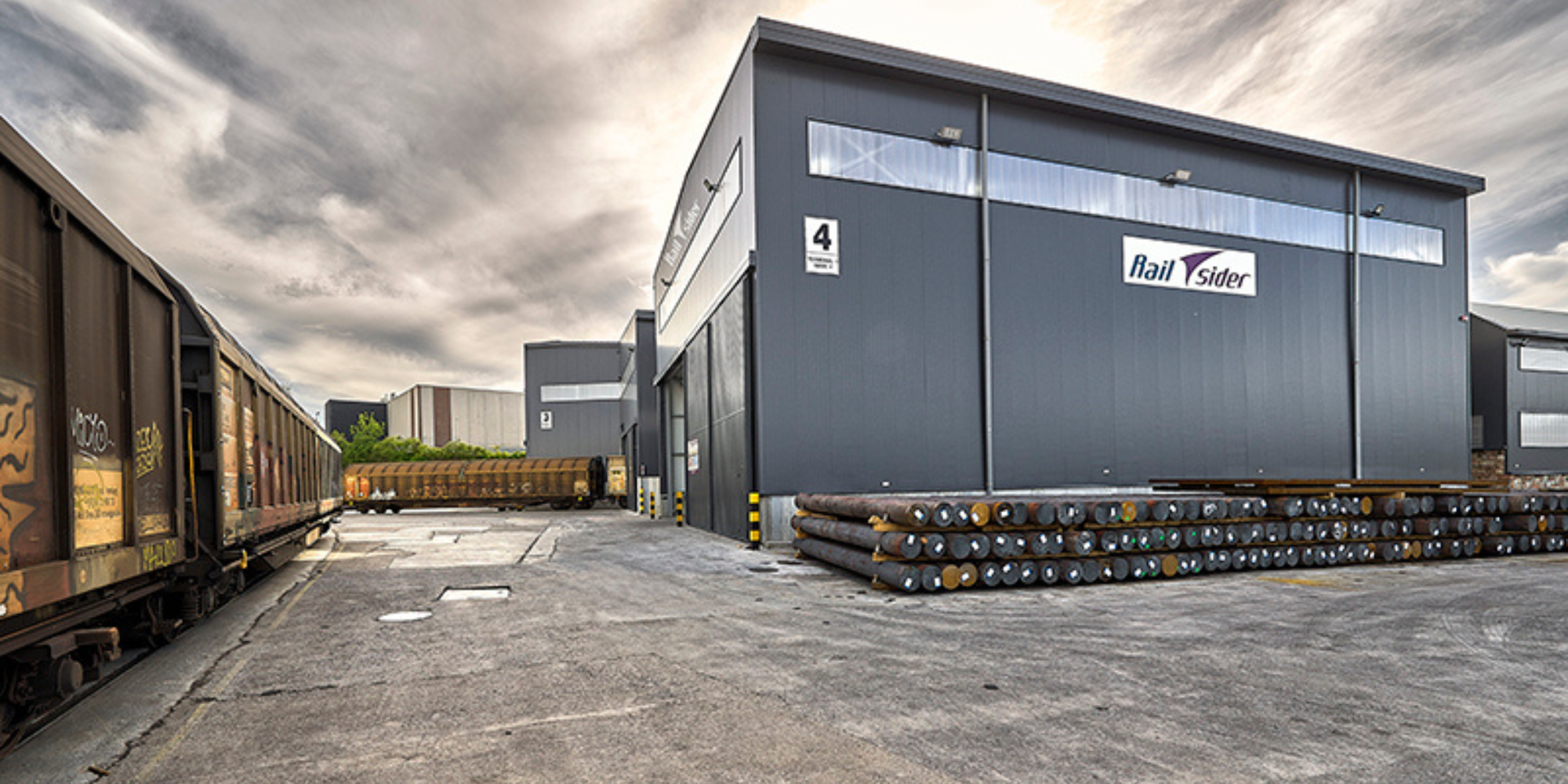The supply chain is the core of any business that produces goods or provides services. Its efficiency directly affects profitability, response time, customer satisfaction and resilience to market fluctuations. As businesses grow and the environment changes, it is essential to review the supply chain on an ongoing basis to ensure that it is operating as efficiently as possible. Ignoring problems can lead to bottlenecks, loss of competitiveness and financial problems. Below, we look at four key signs that it’s time to redesign your supply chain.
Increase in operating costs for no apparent reason
One of the clearest signs that your supply chain needs to be redesigned is a sustained increase in operating costs, which cannot be explained by changes in demand or market prices. If transport, storage and labour costs are rising for no obvious reason, it may be time for a major overhaul.
Increased costs may be due to several factors, such as inefficient transport routes, manual processes that need to be automated, or not consolidating shipments. A redesign of the supply chain could include optimising logistics routes, renegotiating contracts with suppliers or implementing advanced technologies such as artificial intelligence to improve efficiency in managing inventories. The key is to identify which areas are causing cost increases and design a solution that not only reduces expenses, but also improves overall efficiency.
Lack of visibility and control over processes
Real-time visibility of every link in the supply chain is crucial when it comes to making informed decisions and responding quickly to any issues that may arise. If you cannot easily track where your products are at every stage of the process, or if decisions are made without accurate data, your supply chain is vulnerable to errors and delays.
Lack of visibility can lead to poor inventory planning, delays in lead times and an inability to manage risks efficiently, such as unforeseen disruptions. To deal with this problem, the redesign should focus on implementing technological tools that would make it possible to carry out continuous, detailed monitoring. Technologies such as the Internet of Things (IoT), blockchain and supply chain management software can provide the visibility required to predict problems and react quickly to any issues.
Constant delays and problems with lead times
Another clear sign that your supply chain needs a redesign is the inability to consistently meet lead times. Delays not only frustrate customers, but also affect the company’s reputation and can result in the loss of key contracts or contractual penalties.
There may be a wide range of causes for delays, from poor production planning to coordination problems between different parts of the chain, such as suppliers or transporters. Redesigning the supply chain may involve creating stronger collaboration agreements with suppliers, introducing more automation into the planning process, or using more agile and flexible methods to adapt production and logistics to changing market demands.

Lack of flexibility to adapt to market changes
In today’s constantly evolving business environment, the ability of a supply chain to adapt to sudden changes in demand, regulations and the availability of materials is critical. If your supply chain cannot adapt quickly to these changes, you are likely to lose competitiveness to more agile companies.
For example, the COVID-19 pandemic revealed how critical supply chain flexibility and responsiveness can be. Companies that were able to redesign their operations, diversify suppliers and adjust production quickly had a significant advantage. A rigid supply chain, with an inflexible hierarchical structure or reliance on a single supplier or region, is doomed to fail in such a volatile market. Redesigning the supply chain may involve diversifying the supplier base, reducing reliance on just-in-time inventories and setting up contingency plans to ensure business continuity in crisis situations.
An efficient supply chain is critical to the success of any business. If you notice unjustified cost increases, lack of visibility, constant problems with lead times or a lack of flexibility in adapting to market changes, it is probably time to consider a redesign. Addressing these issues with a strategic approach, supported by technology and optimised processes, will not only improve the performance of your supply chain, but also strengthen your company’s competitiveness and resilience when dealing with future challenges.
